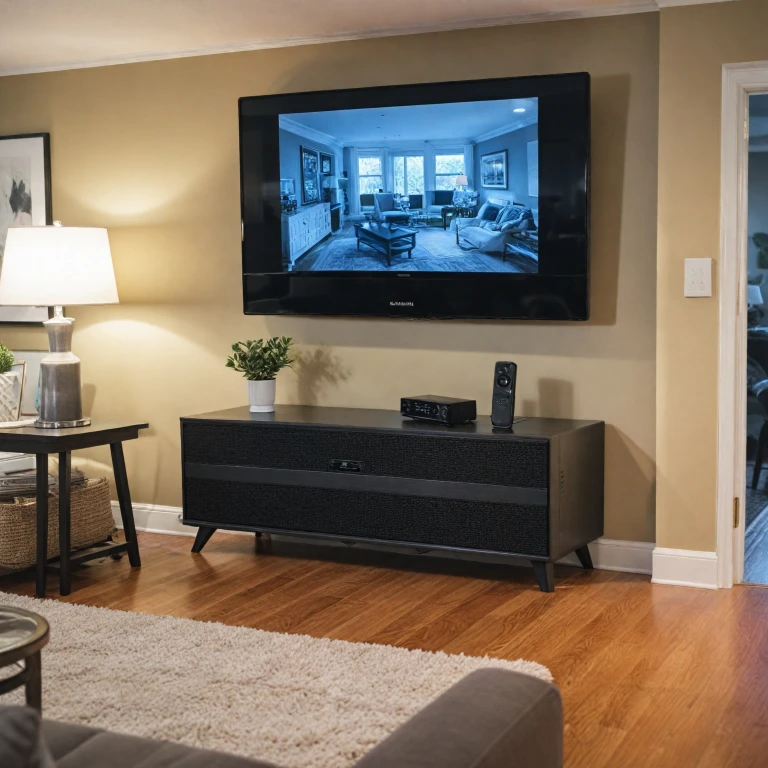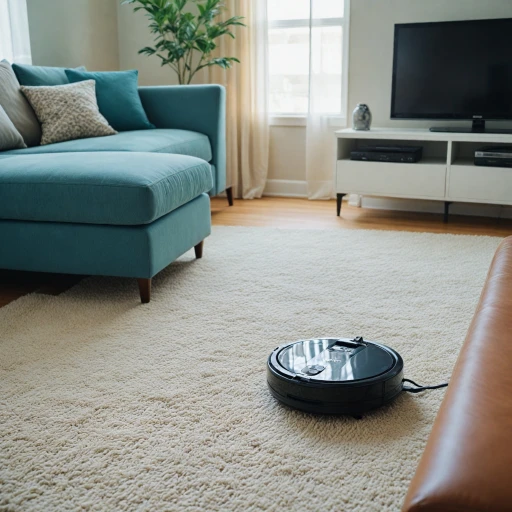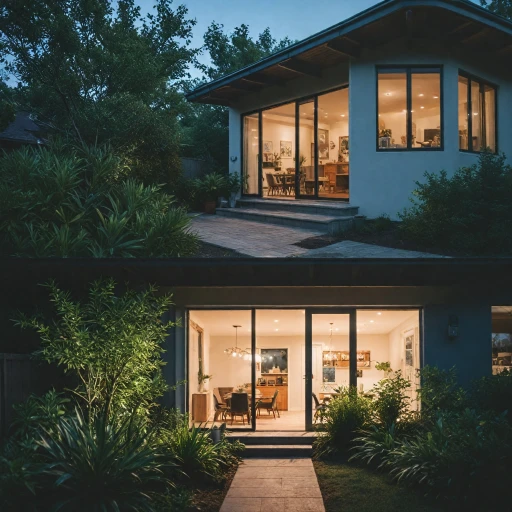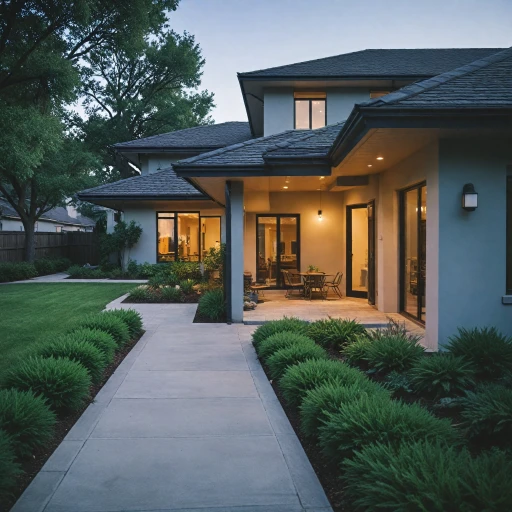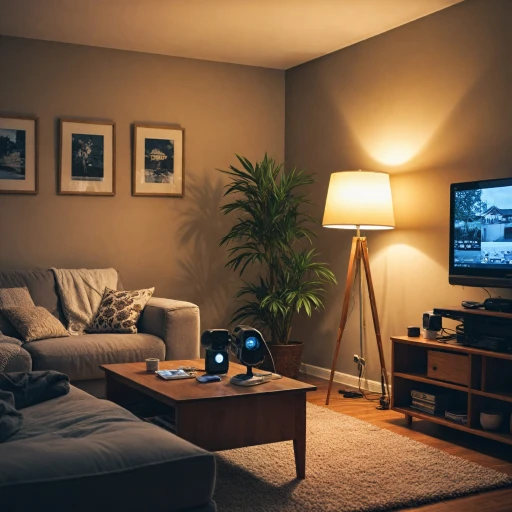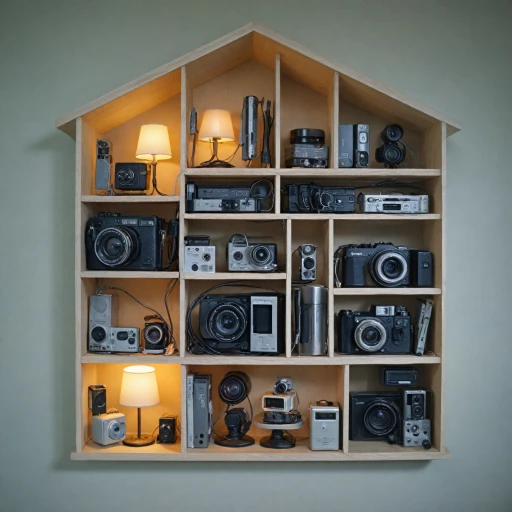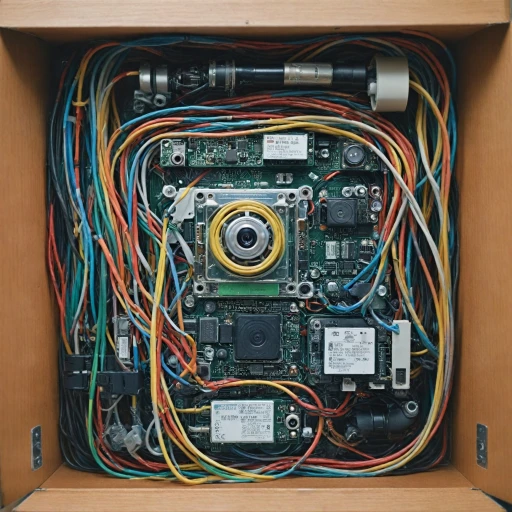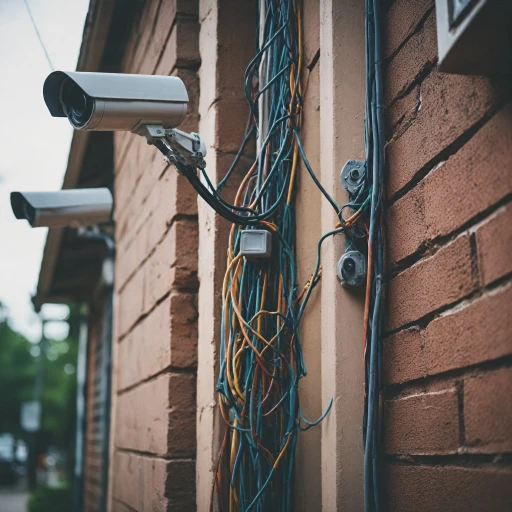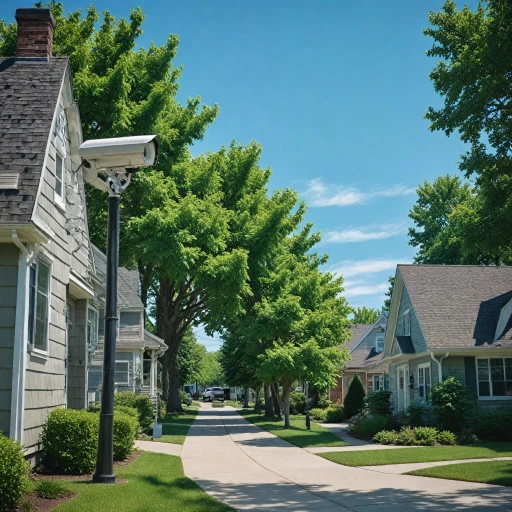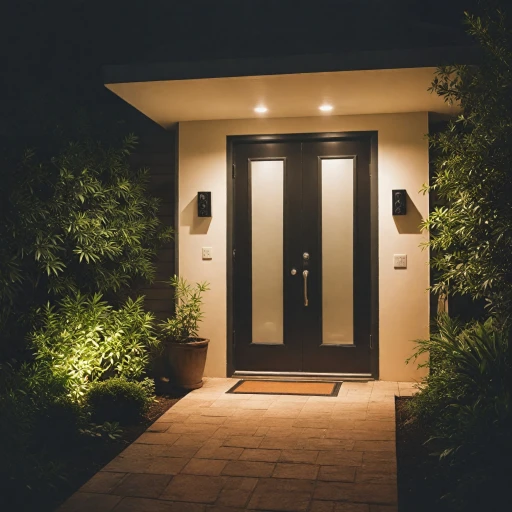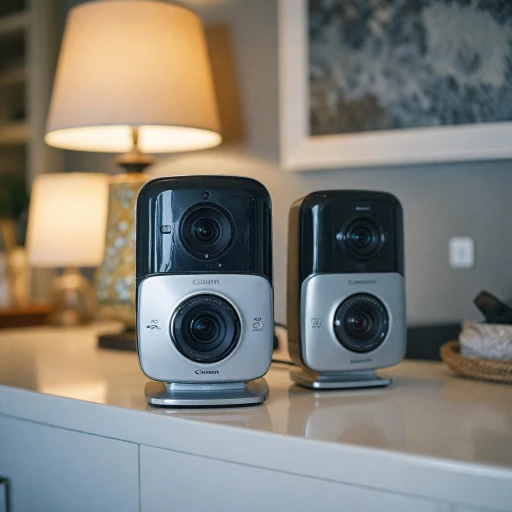
The Role of Digital Video Recorders in Home Security
Importance of Digital Video Recorders in Monitoring
A Digital Video Recorder (DVR) plays a vital role in enhancing the effectiveness of home security systems. It acts as the central hub for recording and reviewing footage captured by security cameras. DVRs can store video feeds from multiple channels, allowing you to monitor different areas of your property. This is especially beneficial in case of any suspicious activity, providing you with recorded evidence which can be crucial for investigations. As digital video technology evolves, DVRs have become more advanced, enabling seamless integration with various types of cameras including traditional analog and more modern IP cameras. Some DVRs even offer support for high-definition video, facilitating clearer footage that can make a difference in identifying intruders or incidents. Moreover, DVR security systems typically come with motion detection capabilities. This feature conserves storage capacity by recording only when motion is detected. The storage of footage in a hard drive within the DVR ensures that you have access to historical video data as needed, without having to rely on cloud services. To incorporate a modern security system effortlessly, you should consider the ability of the DVR to connect to a network (NVR). This allows for remote viewing through a mobile app, offering flexibility and peace of mind when you’re away from home. Additionally, the price point of DVRs has become more affordable, offering various options to suit different budgets. For a comprehensive understanding of the significance of DVRs within your home security infrastructure, check out how solutions like [Al Kawther Security Systems] offer robust video recorder options to bolster your home’s defenses.Key Features to Look for in a DVR
Essential Attributes of a High-Quality DVR
Selecting the right Digital Video Recorder (DVR) for your home security cameras involves considering various key features. These features ensure that your DVR not only supports your current system but also enhances your overall security setup.- Storage Capacity: A crucial aspect of any DVR is its storage capacity. Depending on the number of security cameras and the length of footage you intend to keep, you might require a DVR with a large hard drive. Many DVRs now offer expandable storage options or even cloud storage compatibility, providing flexibility in managing your video recordings.
- Number of Channels: The channel capacity of a DVR determines how many cameras can be connected to it. For a typical home security setup, a DVR with at least eight channels is recommended, allowing for future expansion without needing to replace your recorder.
- Resolution and Video Quality: High-quality video recording is essential for clear surveillance footage. Look for DVRs that support high-definition or even ultra-high-definition video. This ensures that any incidents captured by your security system will be clear and detailed.
- Connectivity and Remote Access: Modern DVRs should support network video to facilitate remote viewing. Many devices now come with a mobile app, granting you access to your security camera feeds in real-time from anywhere, enhancing the flexibility and usability of your security set-up.
- Motion Detection and Alerts: An effective DVR will support motion detection features, which trigger recording only when movement is detected, conserving storage space. Additionally, some systems offer real-time alerts, keeping you informed of any suspicious activity around your home.
Comparing DVRs and NVRs: Which is Right for You?
Evaluating Your Security System’s Needs
Choosing between a Digital Video Recorder (DVR) and a Network Video Recorder (NVR) can significantly impact the effectiveness of your home security system. Both DVRs and NVRs are types of video recorders, but their operational differences cater to varying security needs and existing setups.
DVRs: A Traditional Approach
DVRs work efficiently with analog security cameras. They capture and encode the video for storage and viewing. If you already have a CCTV camera system set up in your home with coaxial cables, a DVR might be the logical choice. These systems typically offer motion detection, decent storage capacity, and hard drive options that ensure you have a backup of any recorded footage. They are often more affordable, with a regular price that might be lower than NVRs.
NVRs: The Modern Contender
NVRs, on the other hand, are more suitable for high-definition, IP-based camera systems. Unlike DVRs, NVRs receive video using a local network. This setup is especially advantageous if you prefer to place your security cameras in areas where running cables could be cumbersome. Network video solutions offer seamless remote access via a mobile app, making it easier to monitor your home when you are not around. However, they tend to come with a higher price due to their sophisticated technology.
Which Option Suits You Best?
While each system has its strengths, the right choice will largely depend on your specific home security needs. For more insights on how these technologies fit into home security, you may find this detailed comparison on the role of NVRT-16 in home security systems beneficial.
Conclusion of Consideration
In summation, assess the type of cameras you have or plan to install. Consider installation convenience, support for remote access, and the long-term costs involved. Both DVR and NVR systems have their unique strengths, and your decision should revolve around what aligns best with your current setup and future aspirations for a smart and secure home.
Installation and Setup Tips for Your DVR
Getting Your Digital Video Recorder Up and Running
Setting up a digital video recorder (DVR) system for your home security cameras requires a bit of attention to detail, but the process is generally straightforward. Following these guidelines will help ensure your DVR is functioning optimally and safeguarding your property effectively.- Position Your DVR Strategically: Make sure your DVR unit is placed in a secure location, away from visible areas and potential intruders. This can help prevent tampering and ensure continuous video recording. Additionally, ensure it is positioned close to both the power source and the network connection for easy setup and accessibility.
- Connect the Cameras: For analog systems, link each security camera to the DVR using the appropriate cables. For those opting for a network video recorder (NVR) with IP cameras, ensuring a stable network connection is crucial. Keep in mind that the camera system you choose should match the capabilities of your video recorder.
- Configure the Recorder Settings: Calibrate your DVR security system settings to suit your particular surveillance needs. Fine-tune options like resolution, motion detection sensitivity, and recording schedules to maximize storage capacity and system efficiency.
- Integrate With Existing Security Systems: If you're upgrading or expanding with additional digital video recorders or security systems, make sure their features are fully compatible. Some DVRs offer plug-and-play support, simplifying this process considerably.
- Remote Access via Mobile App: Take advantage of mobile app features available with most modern DVRs. This functionality allows you to monitor your security cameras in real-time, no matter where you are. Check for apps that offer free but comprehensive access to your video feeds.
- Regular Maintenance Checks: Ensuring your DVR remains in peak condition over time involves regular maintenance checks. This includes verifying that connections are secure, the hard drive is not nearing maximum capacity, and software updates are current.
Troubleshooting Common DVR Issues
Resolving Issues with Home Security Digital Video Recorders
When investing in a DVR for your home security system, it’s crucial to know how to address common problems that may arise with your digital video recorder. With advancements in security camera systems, managing these issues can significantly enhance your overall security experience. Connection Problems- Check Cable Connections: Ensure all cables connecting your security cameras to the DVR are properly secured and undamaged. Loose or faulty cables can lead to interrupted video feeds.
- Network Configuration: For network-enabled DVR systems, double-check your network settings to ensure that the DVR is correctly connected. Incorrect network configurations can lead to poor connectivity with IP cameras and nvr setups.
- Evaluate Camera Placement: Poor video quality may be a result of improper camera placement. Ensure cameras are clean and repositioned to cover desired areas without obstructions.
- Assess Storage Capacity: If experiencing lag or inconsistent video quality, check your DVR’s storage capacity. Overfilled storage can affect the processing power of your recorder.
- Regular Updates: Keep the DVR's software up to date. Latest firmware updates can resolve known bugs and enhance system performance.
- Reboot Systems: Sometimes, a simple reboot of your DVR can address system glitches, restoring regular system performance.
- App Troubleshooting: Ensure your mobile app used for accessing DVR footage remotely is updated to the latest version. Compatibility with the digital recorder is crucial for seamless access.
- Check Network Settings: Verify that the proper settings are in place within your network to support remote access to video feeds through your DVR security system.
Future Trends in DVR Technology for Home Security
Digital Video Recorders' Evolution in Security
The landscape of digital video recorders (DVRs) is constantly shifting, driven by the ever-advancing technological developments and increasing demand for more sophisticated home security solutions. As we look to the future of home security camera systems, there are several trends and advancements in DVR technology that are shaping the direction of the industry.Emerging DVR Technologies
- Enhanced Imaging Capabilities: As video resolution improves, DVR systems are evolving to support higher quality video feeds, paving the way for ultra-high definition (UHD) images. This means that modern DVRs are capable of delivering clearer, crisper footage from security cameras.
- Integration with Smart Home Systems: More DVRs are expected to seamlessly integrate with smart home ecosystems. This provides homeowners the ability to synchronize their security systems with other devices, offering centralized control over the entire network from a single platform.
- Advanced Motion Detection Algorithms: With more sophisticated motion detection technology, DVRs can filter out false alarms and improve the accuracy of alert systems. By doing so, users are notified only when real threats are detected, enhancing the overall effectiveness of home security measures.
Increased Storage and Connectivity Options
- Cloud Storage Integration: Transitioning from traditional hard drive storage to cloud-based options allows for almost limitless data storage possibilities. This means that users can store a greater quantity of video footage without the limitations of physical storage capacity.
- Enhanced Connectivity through NVRs: While DVRs have traditionally been associated with analog systems, there is a shift towards integrating network video recorder (NVR) capabilities, offering hybrid solutions that enhance both digital and analog systems.
- Remote Access and Mobile Applications: Upcoming DVR models are focusing on providing comprehensive mobile app support, enabling homeowners to access and manage their video recorders remotely with ease. This trend addresses the growing consumer demand for increased mobility and convenience.

